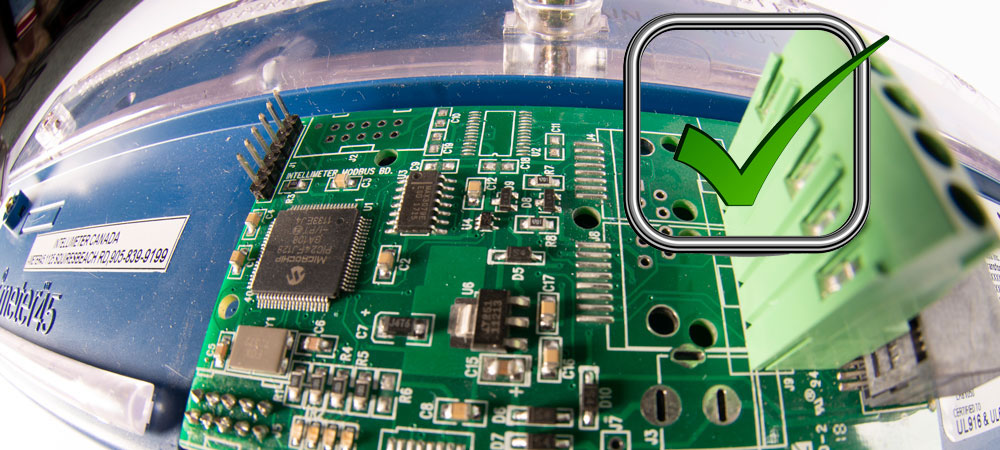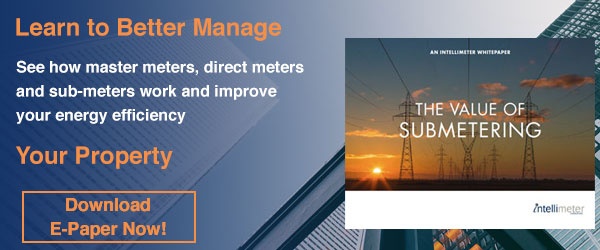The increased public pressure to reduce carbon emissions and higher prices of energy are leading to better energy efficiency efforts. Energy needs to be spent more wisely, while any type of meter would serve this purpose; it is important that users are aware of the benefits of a Revenue-Grade Meter.
Electrical energy meters in North America usually follow the American National Standards Institute (ANSI); In the United States of America some states like California and New York have specific requirements for meters that are used for revenue. In Canada Measurement Canada (MC) standards oversee the use of meters used for revenue, in all cases jurisdictions create standards regarding the accuracy in electricity meters when used for revenue purposes.
What is a Revenue Grade Meter?
We can define meters as any device used for purposes of making measurements of, or obtaining the basis of a charge for, in this specific case, electricity. The standard sets the technical requirements the product must meet to protect the consumer and the supplier, by guaranteeing a fair and accurate measure consistently. For instance in Canada, anyone using a meter for trade measurement of electricity or gas must be registered as a contractor and use metering devices that are approved, maintained, and sealed in accordance to current policies and requirements of Measurement Canada.
ANSI sets the physical aspects and acceptable performance criteria of electricity meters as 0.1, 0.2, and 0.5% accuracy class, in Canada Measurement Canada requires minimum 0.5% accuracy class rating for a Revenue-grade meters. This means that maximum variation in the reading of the meter from the true energy measurement under repeated tests is limited to less than 0.5% .
Today there are many meter suppliers many simple devices use only current values and use an estimated value of the nominal voltage to determine the power and energy consumed, these are ideal if the only purpose is to have an idea of the consumption, Revenue grade meters take same time samples of the actual voltage and current, multiple times a second or in a cycle and integrate those values to produce a measurement of power and energy that is accurate; closer than 0.5% to the true value.
Revenue-grade meters are approved by government agencies (i.e Division of Measurement Standards CA and Measurement Canada) to ensure accurate measurement of energy consumption.
Prior to being put into service, all revenue-grade meters have to be calibrated, tested and verified (sealed if used for revenue) according to current acts and regulations as well as the requirements of applicable policies and specifications.
Most Common Applications of Revenue-Grade Sub-Meters
The most common applications of revenue grade sub-meters include any residential, industrial, and commercial properties that require detailed energy consumption information like:
- Rental Apartments
- Apartment communities or townhouses
- Commercial and Residential Complexes
- Condominiums
- Shopping centres and malls
- Office buildings
- Factories with different divisions that require cost allocation
- Mobile home parks
- Mixed-use real estate
Revenue-grade sub-meters can also be used for monitoring and measuring the energy usage of single electrical devices; like pumps, humidifiers, cranes or elevators installed for specific repairs or construction work, temporary use of space in a mall during a sales season, sidewalk sales, or festivals etc.
The costs for a revenue-grade sub-meter will depend on the complexity of the distribution system, however, having a more detailed and granular information on the consumption allows the manager to make better decisions accelerating the pay back period of the investment.
Revenue-grade sub-metering provides essential data to maximize and verify energy savings. It can also provide critical information on the state and usage patterns of specific equipment to enable monitoring-based commissioning and facilitate the optimization of fault detection and diagnostics of operational faults along with control strategies and integration with the electric grid.
Whether required by code, local utility or not required at all; Revenue-grade meters add value to the property by having a third party certification that they are accurate, and provide true values of energy consumption to the tenant, the user, and the energy manager, without question.


